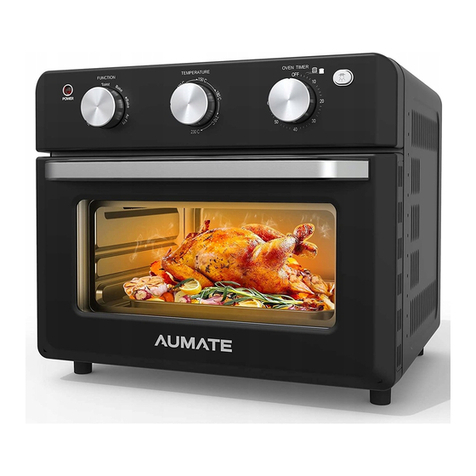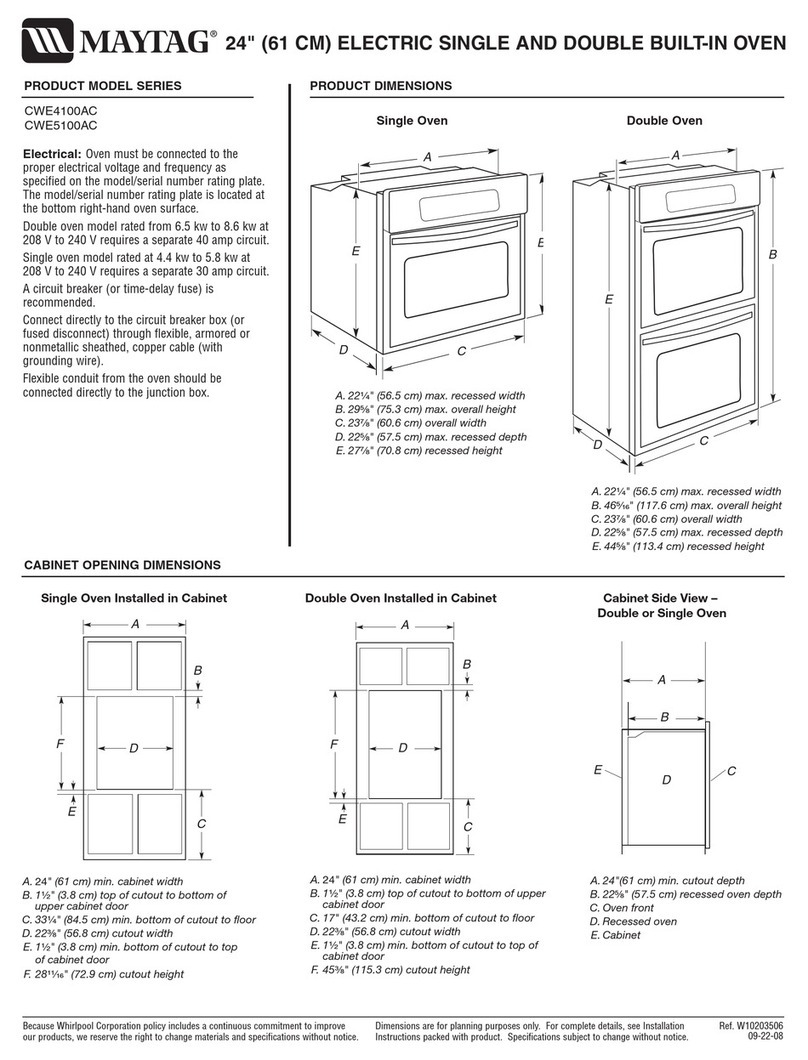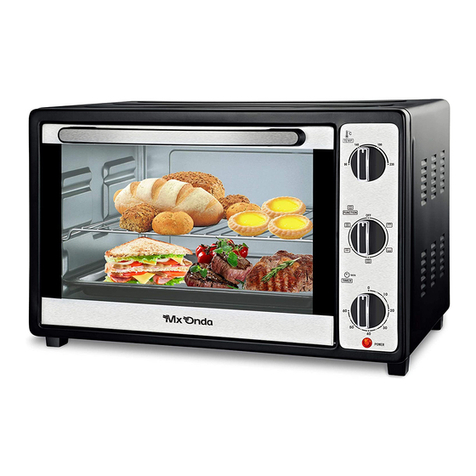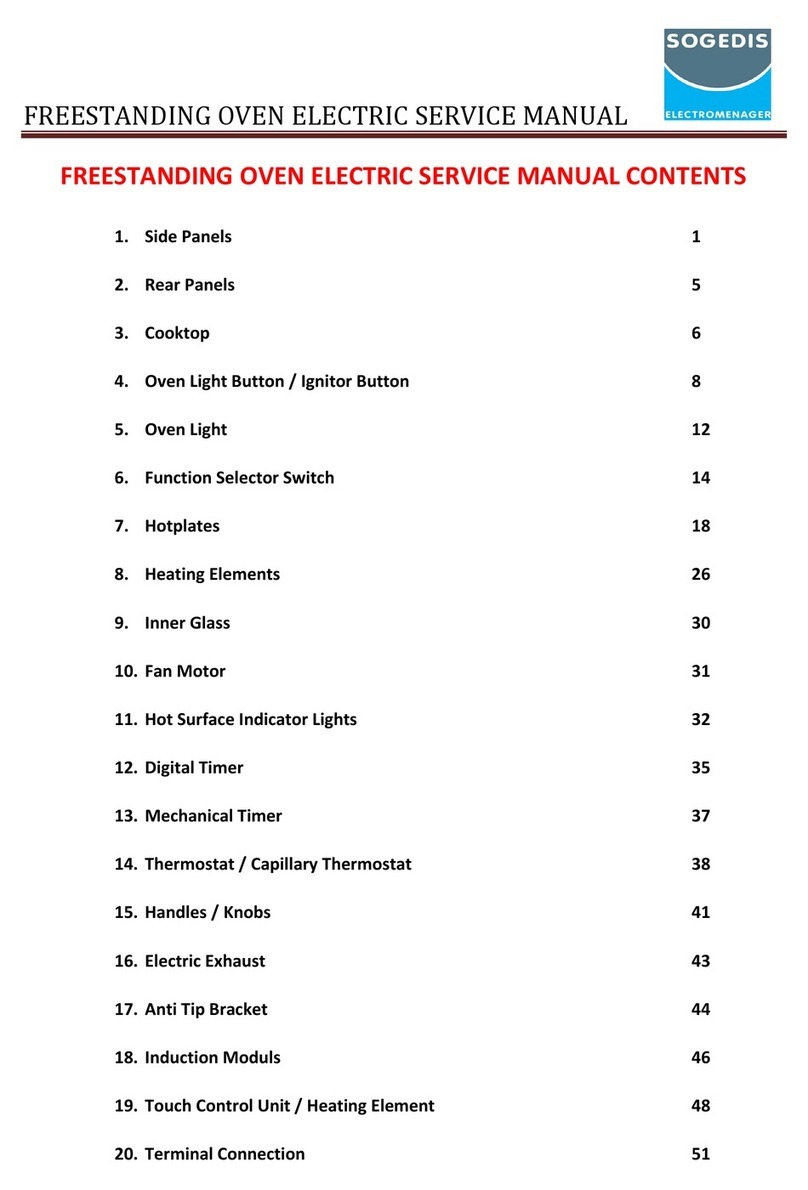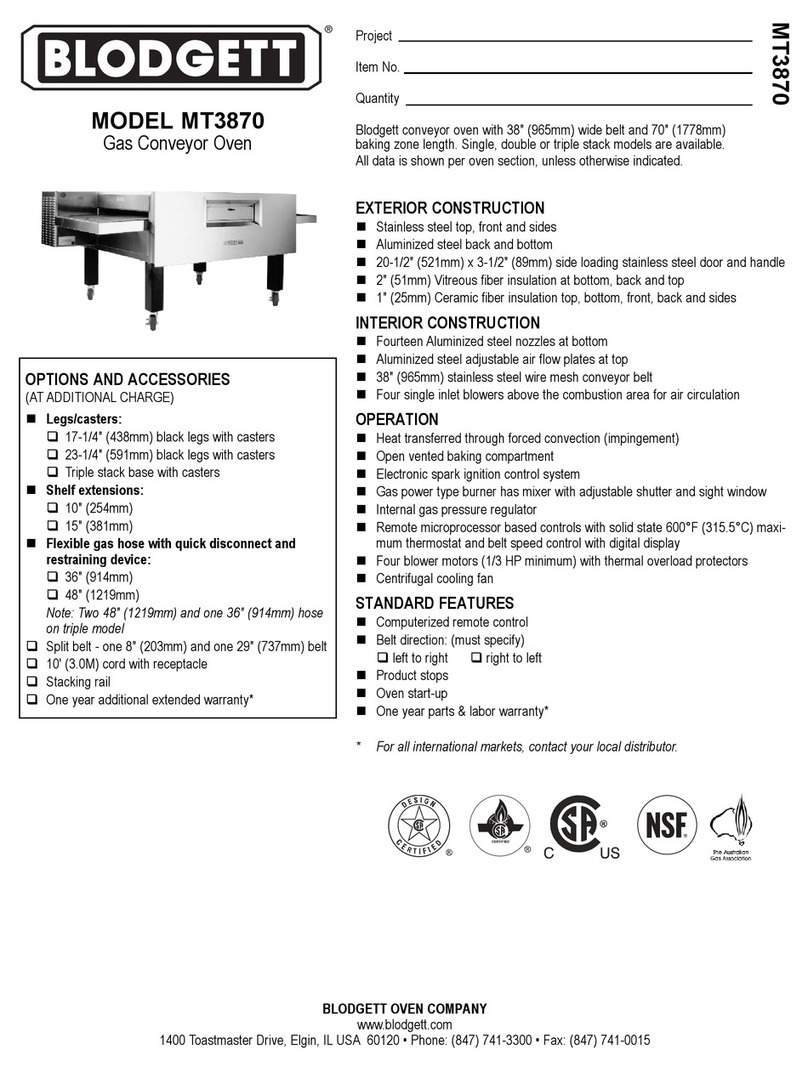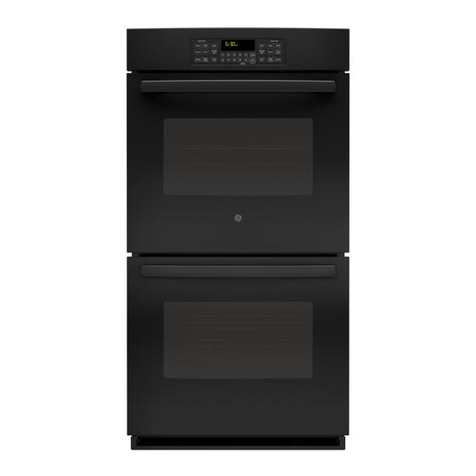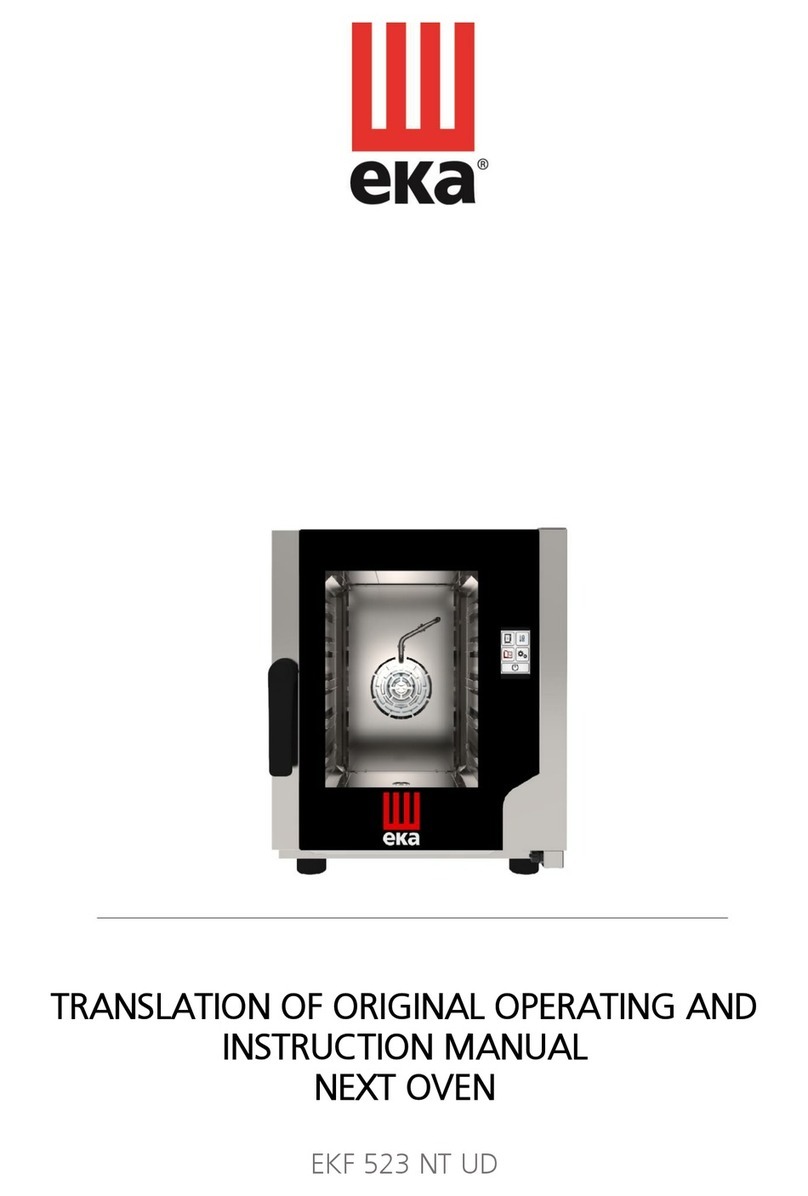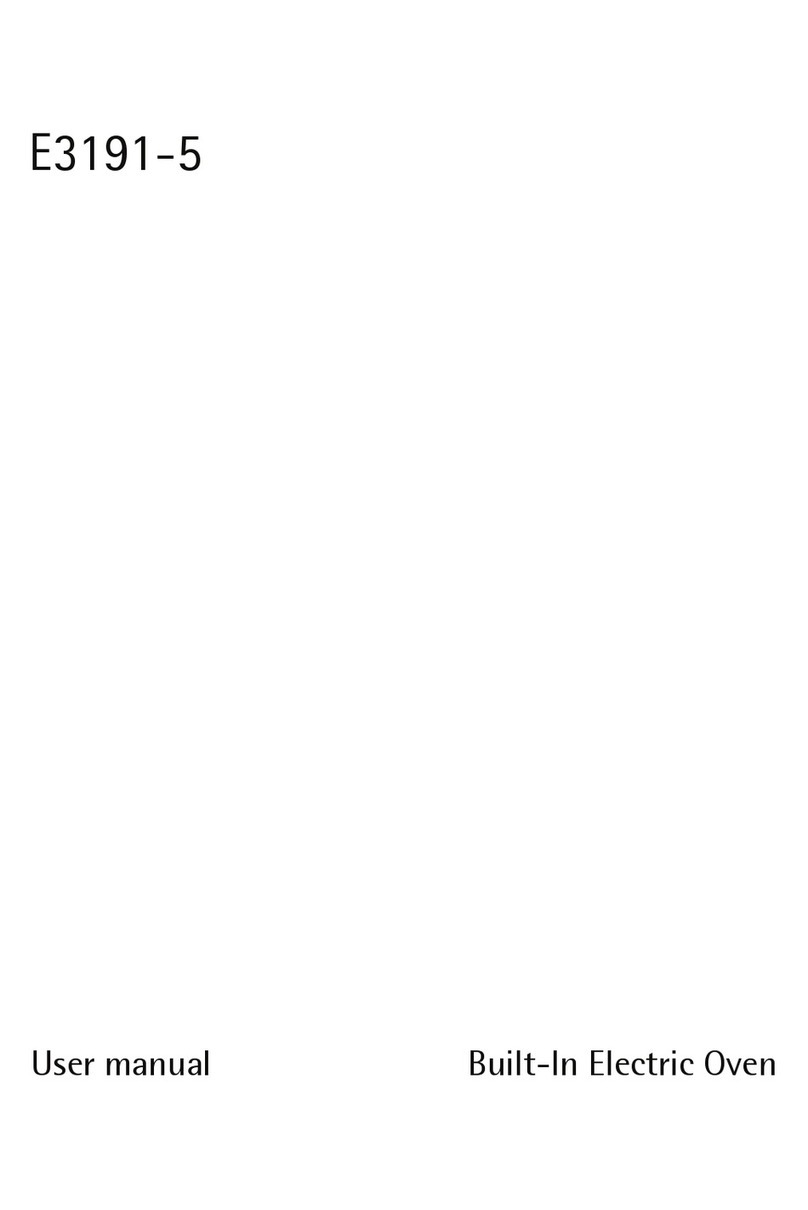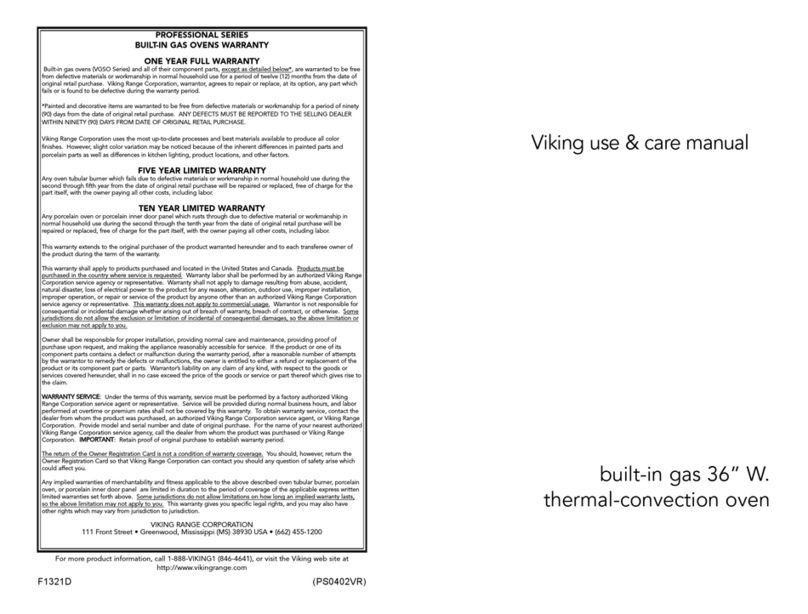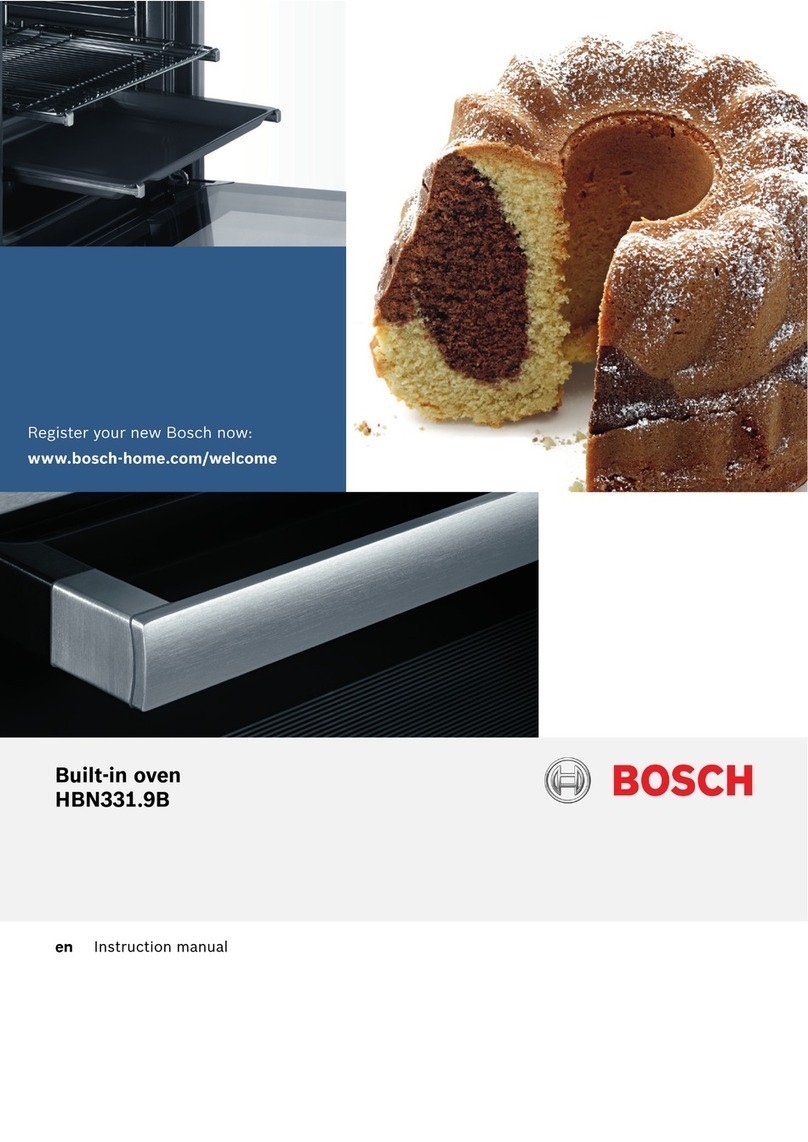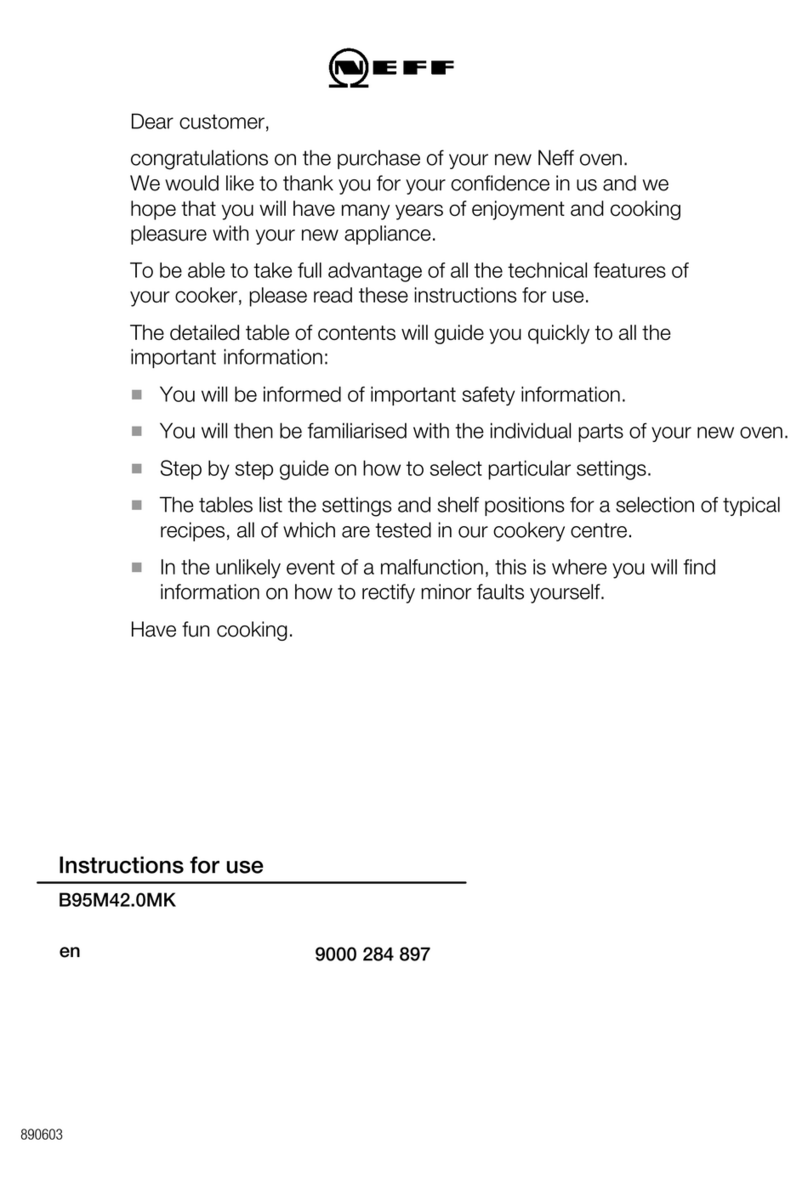
3
Intended Use Statement Safety Instructions
3. ISO’ven Wood Fired Ovens are intended for use in an outdoor
situation where a traditional, masonry pizza/bread oven would be
utilized. The use of a venting system is optional with the ISO’ven.
The ISO’ven is designed to vent from the front of the oven however
the installation of a front anchored vent is acceptable.
4. Before cleaning, allow the ISO’ven to cool. Use a dry brush and
wet mop to clean; water only, no solvents.
5. Use only solid, dry wood fuel in this unit. Do not use articial
wax based logs, chemical chimney cleaners or ame colorants in
this Wood Fired Oven.
6. Never use gasoline, kerosene, gasoline-type lantern fuel,
charcoal lighter uid, or similar liquids to start or “freshen up” a
re in this Wood Fired Oven. Keep all ammable liquids at a safe
distance from the ISO’ven.
7. Do not use an insert or any other product not specied for use
with the ISO’ven Wood Fired Ovens unless written authorization
is given by Earthcore. Failure to heed this warning may cause a
re hazard and will void the warranty.
8. When in doubt about a component’s usability - has visible or
suspected physical damage - consult your Isokern distributor or
authorized Isokern representative for advice.
9. Modication to the ISO’ven Wood Fired Oven components not
mentioned in this manual may void claims, and could result in an
unsafe and potentially dangerous installation.
Alterations to the ISO’ven Wood Fired Oven are allowed
only with prior written approval and instructions from Earthcore
Industries, LLC. The installer indemnies the manufacturer of all
claims and under no circumstances will manufacturer be liable
for consequential, incidental, indirect, punitive or other damages
of any kind or nature, whether foreseeable or not, based on any
claim by any party as to the modications of the ISO’ven Wood
Fired Oven.
10. Never leave children unattended when there is a re burning
in the ISO’ven Wood Fired Oven.
Intended Product Use Statement:
The ISO’ven Wood Fired Oven is intended to
burn solid wood fuel. A gas starter option is available.
Note: This Wood Fired Oven is not designed to sit
directly on a combustible oor system.
This Wood Fired Oven is intended for use as
an outdoor oven appliance only and is not intended for
indoor use.
Overring, abusive burning or mistreatment will
void any claims (eg. burning construction debris or other
highly ammable material; tossing, kicking or otherwise
forcing logs into the oven).
ISO’ven Wood Fired Ovens are unique
outdoor Wood Fired Ovens. ISO’ven Wood Fired Oven
units are intended for installation outside residential
homes and other buildings of conventional construction.
Note: Important areas of concern with the installation of
these Wood Fired Ovens are: construction of proper load
bearing foundation and concrete support slab; proper
assembly of components and techniques employed in
applying nishing materials to the Wood Fired Oven
opening.
Each of these important topics will be covered
in detail throughout this manual. Installation personnel
must give special attention to each topic as the installation
progresses.
Earthcore is not responsible for other
construction work around the Wood Fired Oven unit.
Note: Do not scale drawings. Illustrations in this manual
are not to scale and are intended to show “typical”
installations.
1. Before starting the ISO’ven Wood Fired Oven
installation, read these installation instructions carefully
to be sure you understand them completely. Failure to
follow them could cause oven malfunction resulting in
serious injury or property damage.
2. Always check local building codes governing outdoor
appliance installations.

